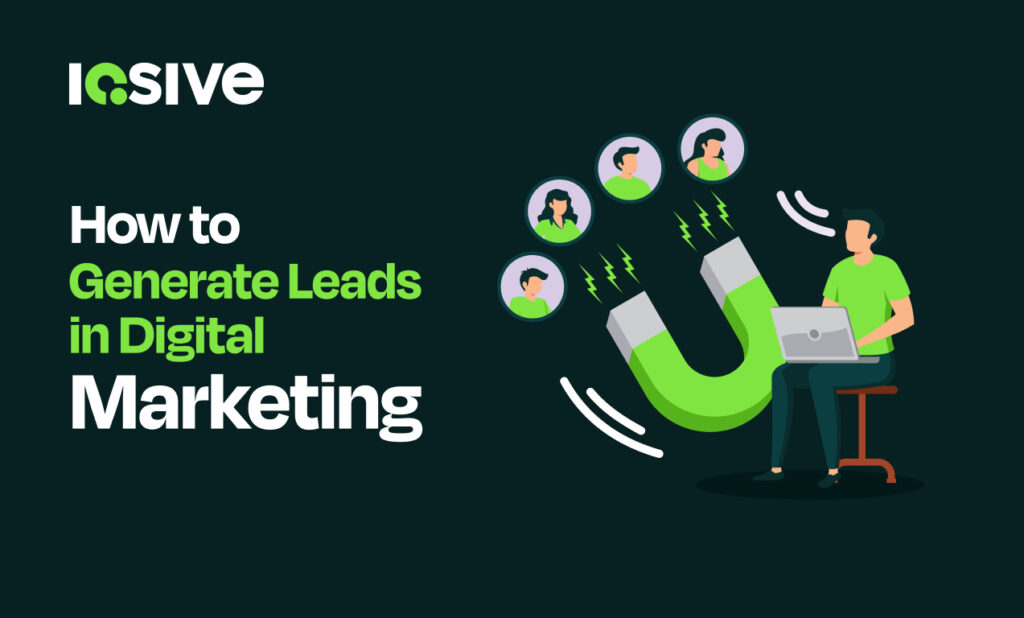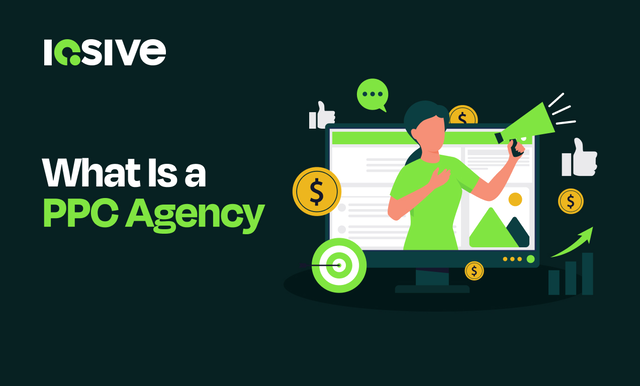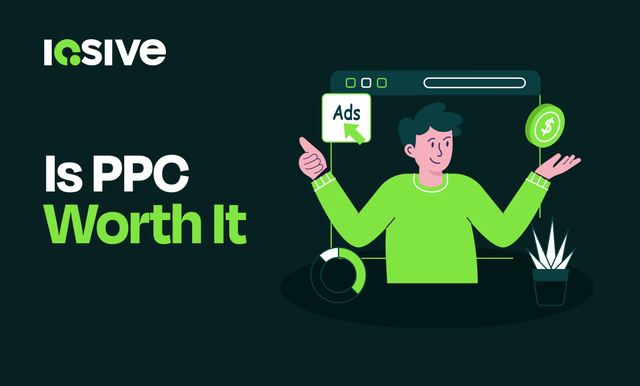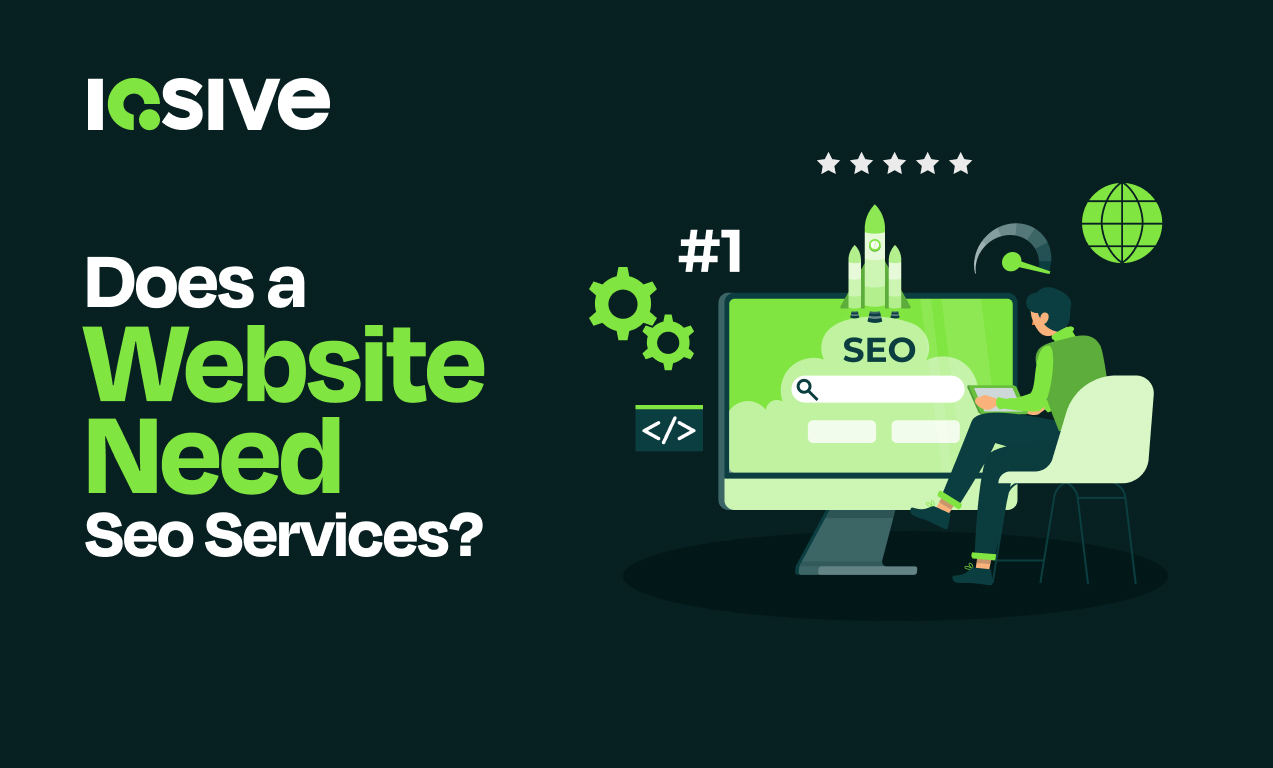Generating leads in the digital landscape is no longer just about casting a wide net and hoping for conversions. It demands a strategic, data-informed, and user-centric approach. Whether you’re a startup, agency, or established brand, your ability to consistently attract, engage, and convert potential customers online directly impacts your business growth. This comprehensive guide explores the most effective and evidence-based methods to generate high-quality leads through digital marketing while staying aligned with real user needs and future-ready strategies.
Understanding Digital Lead Generation
What Is a Lead in Digital Marketing?
A lead in digital marketing refers to any individual or organization that shows interest in your product or service. This interest is typically expressed through online actions such as subscribing to a newsletter, filling out a form, downloading a guide, or engaging with your brand on social media. Leads represent potential customers who have entered the early stages of your sales funnel and can be nurtured toward a purchase decision.
Types of Digital Leads
Digital leads can be broadly categorized based on their stage in the buying journey:
- Marketing Qualified Leads (MQLs): Interested but not yet ready to buy
- Sales Qualified Leads (SQLs): Ready for direct sales outreach
- Product Qualified Leads (PQLs): Users who have tried your product, such as through a free trial, and show intent to purchase
- Service Qualified Leads: Existing customers who express interest in an additional or upgraded service
The Importance of Lead Generation for Online Growth
Lead generation is the lifeline of any digital business. Without a steady stream of quality leads, even the most compelling product or service will struggle to grow. Effective lead generation:
- Fuels sales pipelines
- Reduces customer acquisition costs
- Enhances return on marketing investment
- Enables data-driven personalization and retention strategies
Key Channels for Digital Lead Generation
Content Marketing and SEO
High-quality, SEO-optimized content educates your audience and drives organic traffic. Blogs, case studies, and whitepaper, when aligned with search intent—position your brand as a trusted authority. Targeting long-tail keywords and creating content clusters improves visibility and conversion potential.
Paid Advertising (PPC, Social Ads, Display)
Platforms like Google Ads and Meta Ads offer precise audience targeting. With proper segmentation, ad creatives, and landing pages, paid campaigns can generate qualified leads at scale. Retargeting campaigns are especially effective in re-engaging warm leads.
Email Marketing Strategies
Email remains one of the most cost-effective lead generation tools. Welcome sequences, lead nurturing campaigns, and personalized offers can turn subscribers into paying customers. Segmentation and behavioral triggers enhance engagement and conversion rates.
Social Media Engagement
Active, value-driven engagement on platforms like LinkedIn, Instagram, and TikTok fosters trust and visibility. Lead forms, giveaways, and direct messaging automation features enable seamless lead capture directly from social channels.
Affiliate and Influencer Partnerships
Collaborating with influencers or affiliates who share your target audience extends your reach. Their credibility often leads to higher conversion rates, especially in niche markets. Use custom landing pages or affiliate tracking links to monitor lead quality.
High-Converting Lead Magnets
Types of Lead Magnets That Work
Effective lead magnets provide immediate and high-perceived value in exchange for contact information. Examples include:
- E-books and guides
- Webinars or video tutorials
- Checklists and templates
- Discount codes or free trials
How to Match Lead Magnets with Buyer Intent
Lead magnets must align with where your prospect is in the funnel. A downloadable guide suits top-of-funnel traffic, while a product comparison sheet may work best at the decision stage. Relevance and timing are key to driving conversions.
Optimizing CTAs and Landing Pages
Calls to action should be clear, benefit-driven, and visually distinct. Landing pages must be concise, fast-loading, and focused on one goal. Elements such as trust badges, testimonials, and minimal form fields enhance conversion rates.
Lead Generation Funnels and Customer Journeys
Mapping the Digital Buyer Journey
Understanding how prospects discover, evaluate, and decide is foundational. The typical journey includes:
- Awareness
- Consideration
- Decision
Creating touchpoints for each stage ensures a seamless experience from first click to conversion.
Top-of-Funnel vs. Bottom-of-Funnel Tactics
- Top-of-funnel (TOFU): Attract attention through blog posts, videos, or social content
- Middle-of-funnel (MOFU): Nurture leads with case studies, webinars, or email drip sequences
- Bottom-of-funnel (BOFU): Drive decisions with demos, consultations, or limited-time offers
Automation Tools for Funnel Optimization
Platforms such as HubSpot, ActiveCampaign, and Zapier automate lead segmentation, scoring, and nurturing. These tools reduce manual workload and ensure consistent engagement throughout the customer journey.
Tools and Platforms for Lead Generation
CRM and Email Marketing Software
Customer Relationship Management (CRM) tools such as Salesforce or Zoho help organize, track, and follow up with leads. Integrated email marketing systems ensure personalized and timely communication at scale.
Lead Capture and Form Tools
Tools such as Typeform, Unbounce, and ConvertBox make it easy to create interactive forms and pop-ups. Features like conditional logic and progressive profiling improve data quality without overwhelming users.
Analytics and Tracking Platforms
Google Analytics 4, Hotjar, and attribution tools like Ruler Analytics allow you to measure what is working. By analyzing user paths and conversion rates, you can refine campaigns and prioritize high-performing channels.
Measuring and Improving Lead Quality
Key Lead Generation Metrics
Tracking metrics such as cost per lead, lead conversion rate, time to conversion, and lead source ROI helps identify areas for improvement. Prioritize metrics that reflect both quantity and quality of leads.
Qualifying and Scoring Leads
Lead scoring systems evaluate a lead’s readiness based on engagement behavior and demographic data. This helps align sales and marketing efforts and focus on high-potential prospects.
A/B Testing and Optimization Best Practices
Test CTAs, headlines, form layouts, and ad creatives regularly. A/B testing tools such as Optimizely or Google Optimize can reveal small changes that lead to big conversion lifts.
Common Lead Generation Mistakes to Avoid
Overlooking Mobile Optimization
With over half of global web traffic coming from mobile, non-optimized forms and slow mobile pages result in high bounce rates and missed leads.
Poor Targeting or Messaging
Generic content and untargeted ads waste budget and attract low-quality leads. Use audience insights and personas to tailor your messaging.
Not Following Up in Time
Speed matters. According to InsideSales, responding within five minutes increases lead conversion likelihood by 900 percent. Delayed responses often mean lost opportunities.
Future Trends in Digital Lead Generation
AI and Predictive Analytics
AI tools can analyze vast data sets to predict buyer behavior, segment audiences, and personalize outreach. Predictive scoring helps prioritize leads more effectively.
Conversational Marketing and Chatbots
AI-powered chatbots and conversational landing pages improve real-time engagement. Tools such as Drift or Intercom guide users through a personalized path and increase lead conversion rates.
Privacy and Consent-Driven Lead Capture
With regulations such as GDPR and CCPA, businesses must balance personalization with transparency. Consent-based marketing, preference centers, and secure data handling build trust and ensure compliance.
FAQs:
Q1: What is the most effective way to generate leads online?
The most effective way depends on your audience and industry, but combining content marketing, SEO, and targeted ads typically yields the best results.
Q2: How do I create a lead magnet that actually converts?
Offer practical and high-value resources tailored to a specific audience need. Pair it with a clear, compelling call to action and an optimized landing page.
Q3: What are the best digital tools for capturing leads?
Top tools include HubSpot (CRM and forms), Typeform (interactive forms), and ConvertBox (on-site lead capture). Use analytics tools like GA4 to track performance.
Q4: How can small businesses generate leads on a low budget?
Leverage organic content, local SEO, partnerships, and social media engagement. Free tools such as Mailchimp or Buffer can help automate parts of the process.
Q5: What’s the difference between lead generation and lead nurturing?
Lead generation attracts potential customers. Lead nurturing builds relationships and guides them toward purchase through ongoing communication and value.
Q6: How does SEO help in digital lead generation?
SEO drives qualified organic traffic to your site. By targeting high-intent keywords, you attract users who are actively searching for solutions you offer.
Q7: What metrics should I track to evaluate lead generation success?
Track cost per lead, lead-to-customer conversion rate, source performance, and overall return on investment. Use lead scoring to assess lead quality.
Q8: Can social media really generate high-quality leads?
Yes. Platforms such as LinkedIn, Instagram, and Facebook support advanced targeting and lead form features, especially when combined with organic engagement.
Q9: How do I automate my digital lead generation funnel?
Use tools like ActiveCampaign, Zapier, or ConvertKit to automate lead capture, scoring, segmentation, and email workflows.
Q10: Why aren’t my leads converting into customers?
Common reasons include poor lead quality, unclear value propositions, lack of follow-up, or misalignment between marketing and sales messaging. Review your funnel and touchpoints regularly.












